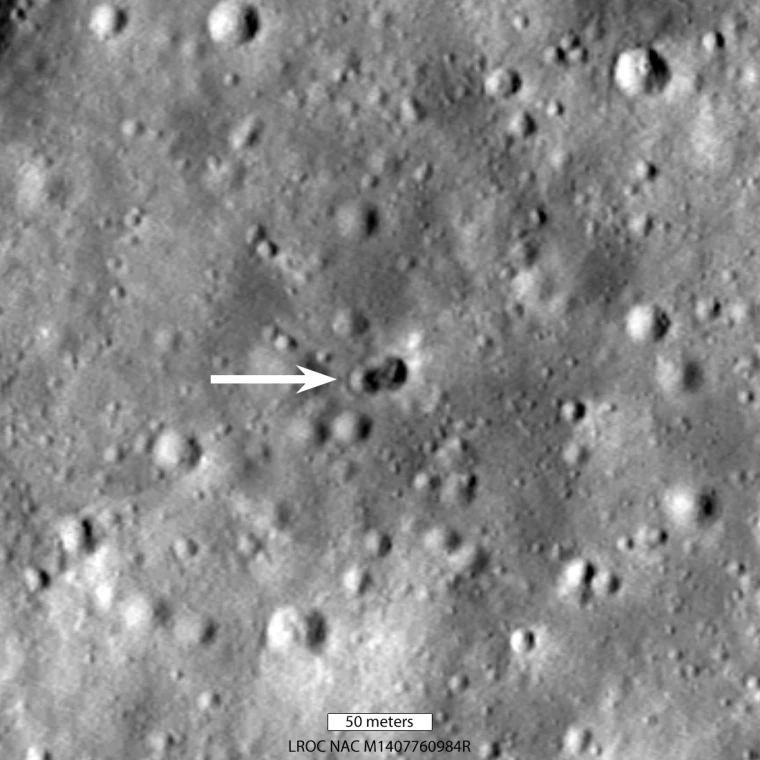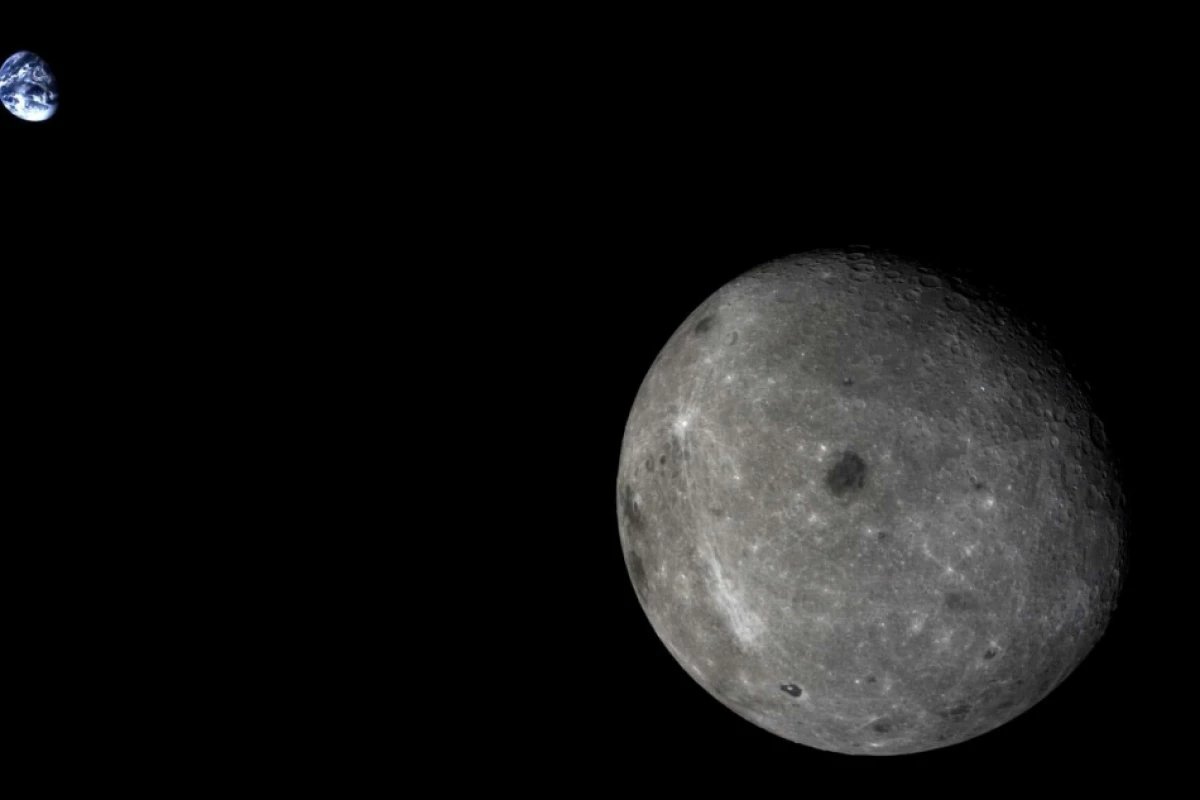The mystery of what created a pair of craters on the far side of the Moon has been put to rest after a new study from the University of Arizona confirmed that the most likely cause was a spent rocket booster from China's Chang'e 5-T1 lunar mission.
On March 4, 2022, a new pair of craters suddenly appeared near the Hertzsprung crater on the far side of the Moon. Discovered by NASA's Reconnaissance Orbiter (LRO) spacecraft, where they came from was something of a head-scratcher. Because amateur astronomers had spotted what looked like a spent rocket heading toward the Moon before the impact, a meteor was ruled out.
The question was, where did the rocket come from and who did it belong to?
At first, the evidence pointed to a SpaceX Falcon 9 second stage rocket used to launch the Deep Space Climate Observatory (DSCOVR) probe in 2015, but new evidence found a better match in the third stage of a Chinese Long March 3C that was used to launch the Chang'e 5-T1 lunar flyby mission in 2014.
However, the definitive answer was still up in the air. Was this really a Chinese space rocket that had been tumbling through space for seven years? Why was it tumbling? Why did it create two craters rather than one?

To answer this, a team of scientists from the University of Arizona led by Tanner Campbell used spectral data collected by the student-built RAPTORS-1 telescope of the suspect rocket, designated WE0913A, to produce a detailed analysis of the light reflecting off the rocket's surface.
The light signature of WE0913A indicated that the most likely candidate for identification was the third stage of Chang'e 5-T1, with the US Space Force confirming that the rocket never burned up in the Earth's atmosphere after launch.
What was especially interesting was that the rocket wasn't wobbling as it flew, which you would have expected from an empty metal tube with an engine at one end. Instead, it was tumbling end-over-end, suggesting that there was something heavy at the other end from the engine that weighed more than an instrument pack known from the design.
What this mass was is still unknown, but does help to explain why there are two impact craters at the crash site. These dual craters also indicate the mystery mass is equivalent in mass to the booster's engine.
"Obviously, we have no idea what it might have been – perhaps some extra support structure, or additional instrumentation, or something else," said Roberto Furfaro, the University of Arizona's Space4 deputy director. "We probably won't ever know."
The research was published in Planetary Science Journal.
Source: University of Arizona





